#Abbasid Caliphate
Explore tagged Tumblr posts
Photo

The "world" in the eyes of 9th century Abbasids
157 notes
·
View notes
Text

5 notes
·
View notes
Text
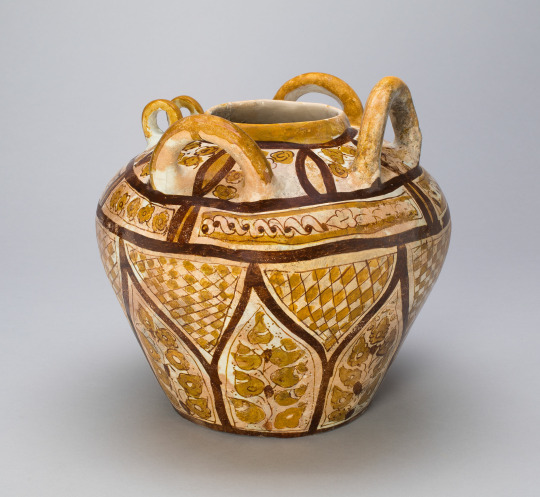
Jar
Iraq, Abbasid Caliphate (750–1258), 9th century
During the Abbasid caliphate (750-1258), relative peace and an initially consolidated government allowed for the arts and sciences to flourish. The caliphate’s first capital, Baghdad, and its later capital, Samarra, became centers for cultural and commercial production. Some of antiquity’s most important scientific treatises, such as Ptolemy’s writings on the stars, were translated into Arabic while court inventors made advancements in medicine, chemistry, and mathematics. In the arts, poets such as Abu Nuwas invigorated classical Arabic literature, and artists developed a style of decoration that the west would later call “arabesque,” which refers to repetitive vegetal patterns that can be found in almost every medium of Islamic art.
18 notes
·
View notes
Text
Dynasty Quiz
Which Dynasty is this?

A: Arabian Dynasty
B: UAE Dynasty
C: Muslim Dynasty
D: Abbasid Caliphate Dynasty
Put your answer in the comments!
Answer revealed in Two Hours!
Answer is Abbasid Caliphate!
4 notes
·
View notes
Text
A poem by Ibn al-Rumi (896 AD)
She is in my embrace but my soul desires her still. Is there closeness
beyond embrace?
I kiss her mouth that my fever might end, but my mad thirst only grows.
The lovesickness in me is not of the kind healed by kisses.
Nothing, it seems, can cure my heart’s thirst except to see our souls
mingle.
#abbasid caliphate#poetry#ibn al rumi#ibn al-rumi#896 AD#abbasid belles lettres#umayyad caliphate#poem#arabic poems#arabic poetry#arabic
2 notes
·
View notes
Text
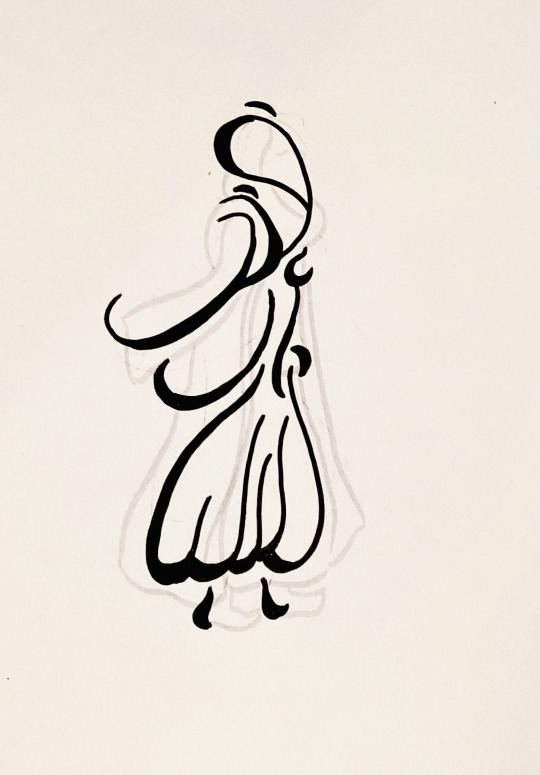
Day 27: Shaykhah Shuhdah, Fakhr-un-Nissa!
Fakhr-un-Nissa Shuhdah was the daughter of Abu Nasr Ahmad ibn al-Faraj al-Dinawari, a Kurdish scholar in the Persian city of Dinawar, in modern-day Iran. He ensured that his daughter received an excellent education, and she studied with some of the most significant Islamic scholars of her day, becoming an expert in Hadith, the records of Muhammad’s actions outside of the Quran, as well as a noted calligrapher. Settling in Baghdad with her husband, she became a teacher herself - in fact, students travelled from across the Abbasid Caliphate to hear her speak on theology, literature, and history, and she earned the title, among others, of Shuhdah al-Baghdadiyyah, the “Writer of Baghdad,” for her literary and calligraphic accomplishments.
After the death of her husband, Fakhr-un-Nissa, now middle-aged, devoted her time even further to her academic pursuits. With the assistance of a land donation for the Caliph, she opened a school, with free tuition for scholars. By the time of her death in 1112, the ninety-year-old teacher was famous and beloved, and her funeral was attended by thousands, from impoverished students to state officials.
#fahkr-un-nissa#shayhkah shuhdah#kurdish history#iranian history#iraqi history#abbasid caliphate#history#awesome ladies of history#october 2023#my art
15 notes
·
View notes
Text
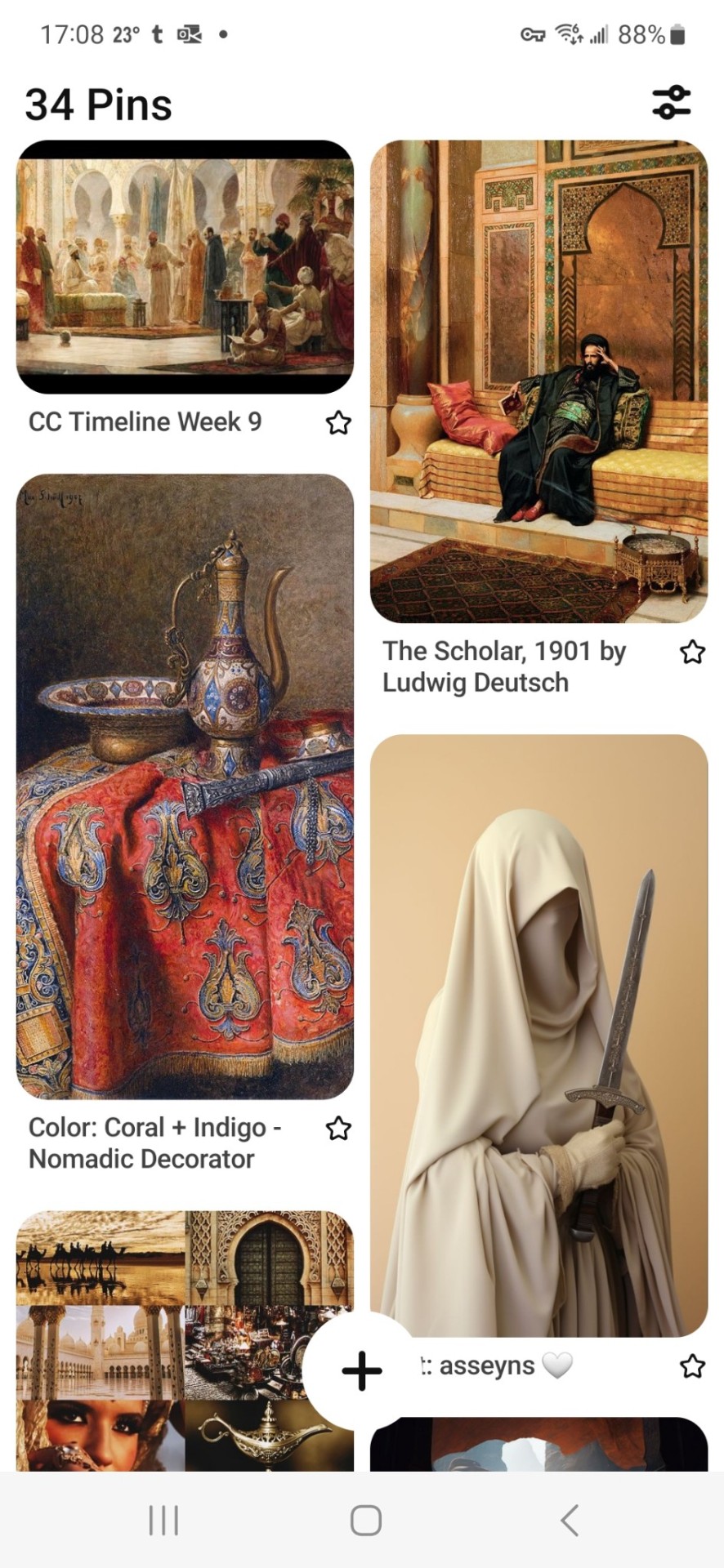
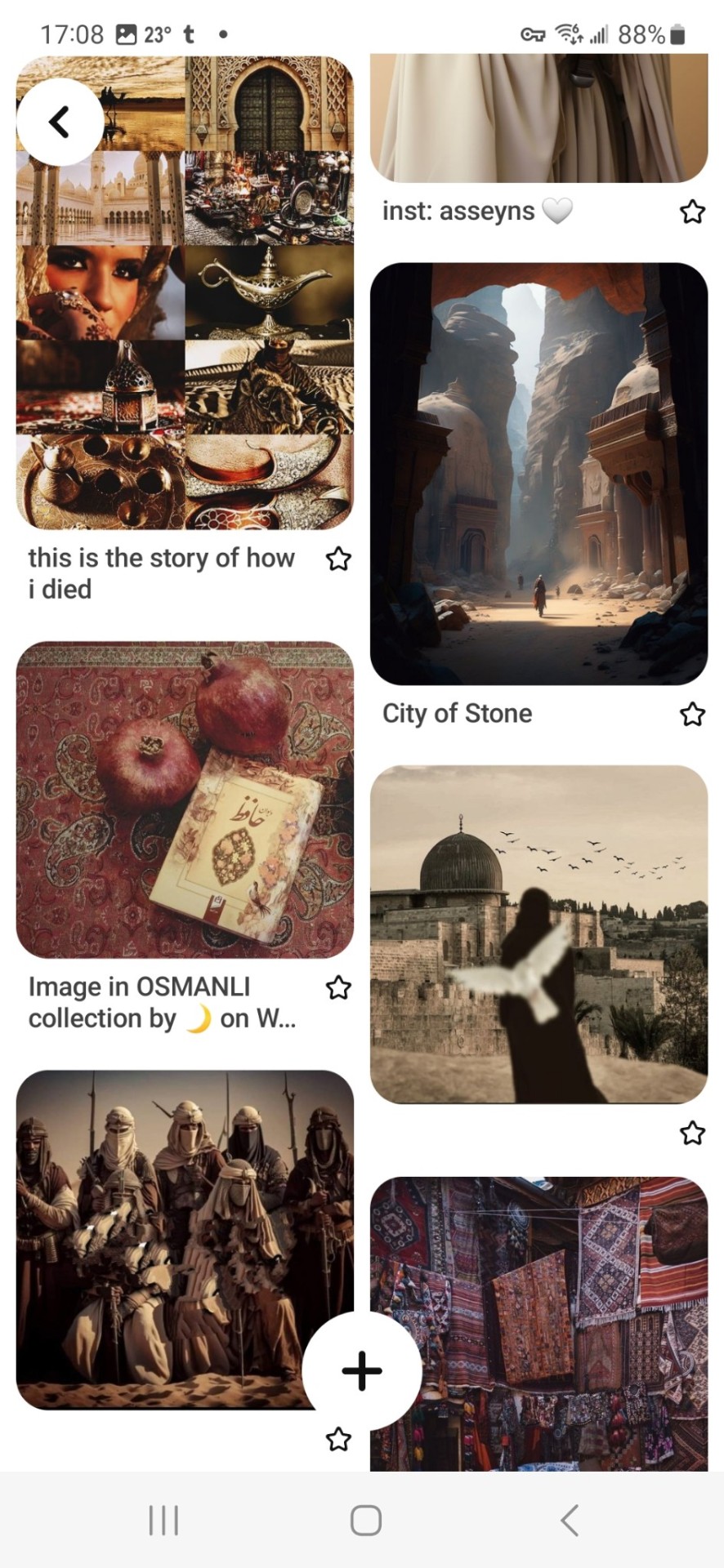
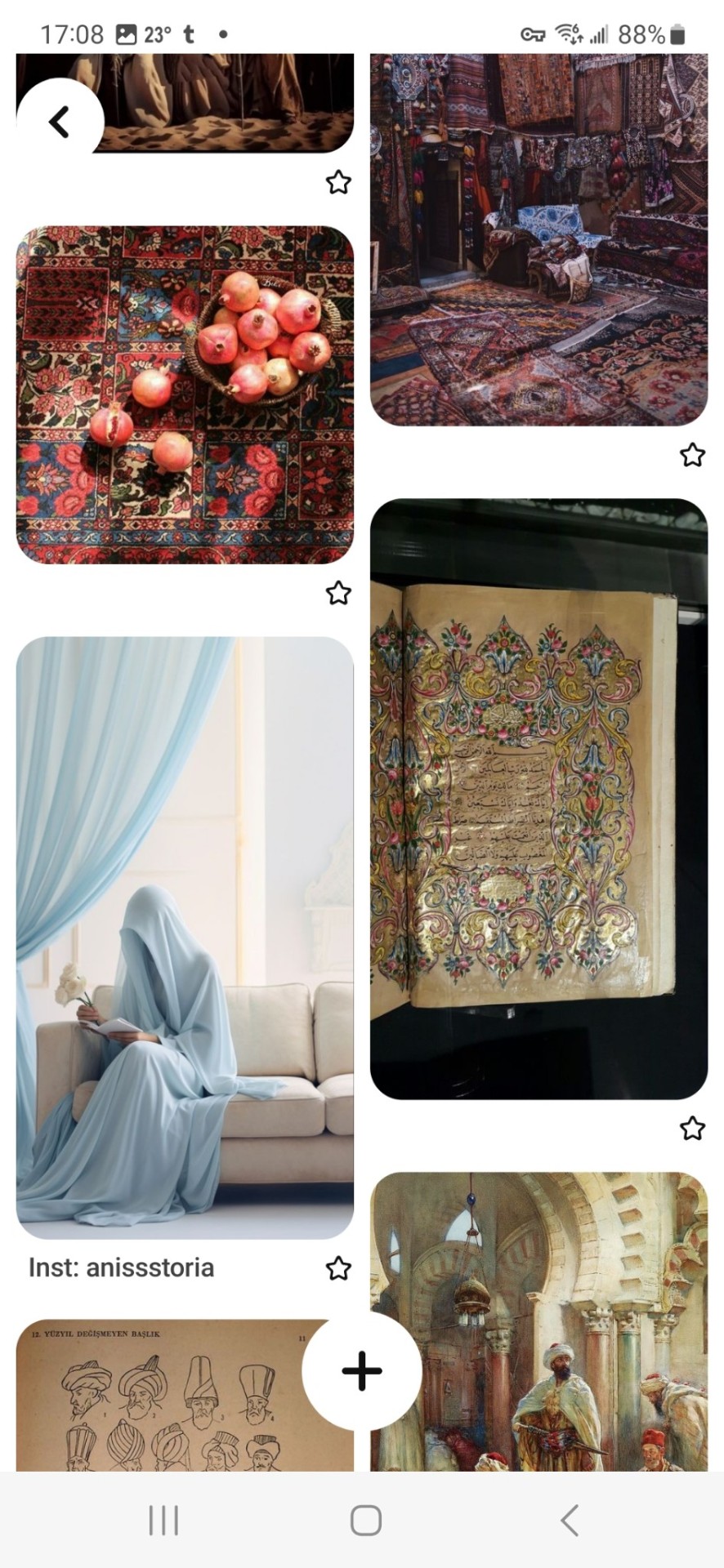




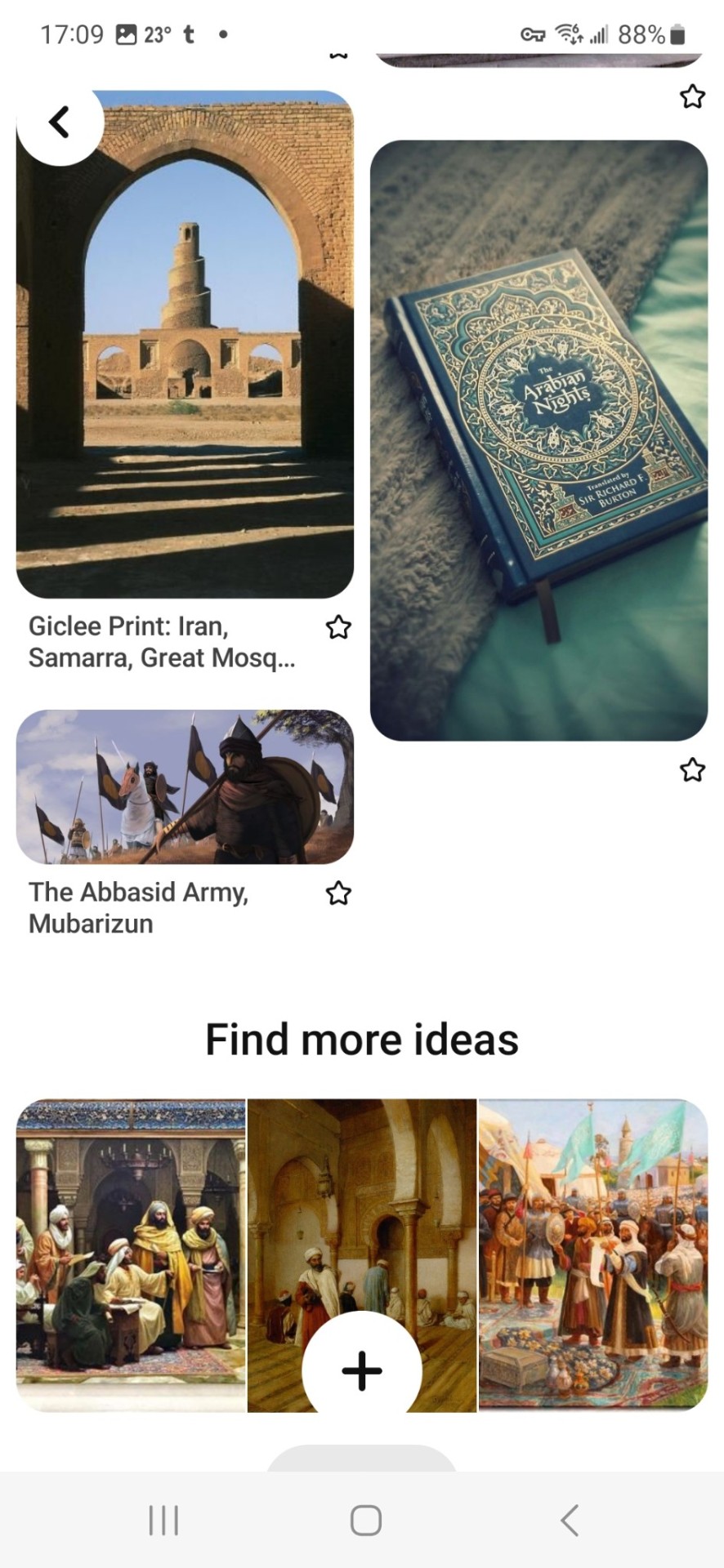
A moodboard I did of Disney's Scheherazade ideas
🤩🤩🤩🥺🥺
#abbasid caliphate#islamic golden age#disney Scheherazade ideas#like i just think that'll be a cool disney aladdin prequel#since jasmine is a descendant of Scheherazade in disney#scheherazade#shahryar#harun al rashid#zubaidah bint jafar#1001 nights#persia#iran
7 notes
·
View notes
Text
𝗗𝘆𝗻𝗮𝘀𝘁𝗶𝗲𝘀 𝘄𝗶𝘁𝗵 𝗺𝗮𝗺𝗹𝘂𝗸 𝗼𝗿𝗶𝗴𝗶𝗻𝘀:
- 𝗧𝘂𝗹𝘂𝗻𝗶𝗱𝘀 (𝟴𝟲𝟴–𝟵𝟬𝟱 𝗖𝗘):
The Tulunid dynasty (al-ṭūlūnīūn) was founded and named after the Abbasid Turkic general and governor of Egypt - Ahmad ibn Tulun - in the year 868 CE, who formed the first ever independent state in Egypt (as well as parts of Syria) since the Ptolemaic dynasty (around 898 years prior).
Ahmad’s father Tulun was said to be a Turk from the region known to the Arabs as Tagharghar or in Turkic, Toghuz-oghuz or Toghuzghuz; this region by medieval Arab historians is attributed to the 𝐔𝐢𝐠𝐡𝐮𝐫 𝐅𝐞𝐝𝐞𝐫𝐚𝐭𝐢𝐨𝐧 𝐨𝐫 𝐔𝐲𝐠𝐡𝐮𝐫 𝐊𝐡𝐚𝐧𝐚𝐭𝐞/𝐔𝐢𝐠𝐡𝐮𝐫 𝐊𝐡𝐚𝐧𝐚𝐭𝐞.
The Tulunids were the first state/dynasty of Turkic mamluk origins and reigned from 868 to 905 CE with nominal autonomy, until the Abbasid Caliphate brought their domains back into Abbasid control.
Pictured below is the Ahmad ibn Tulun Mosque constructed between the years 876-879 CE. The mosque was meant to serve as the main congregational mosque in the new Tulunid capital of Al Qata’i, and is the oldest mosque/masjid in Egypt and one of the oldest in all of Africa.
Its architectural style is that of Samarra (Iraq/Mesopotamia) and very closely resembles the Great Mosque of Samarra constructed by the Abbasids between the years 847-861 CE.
(Share!)
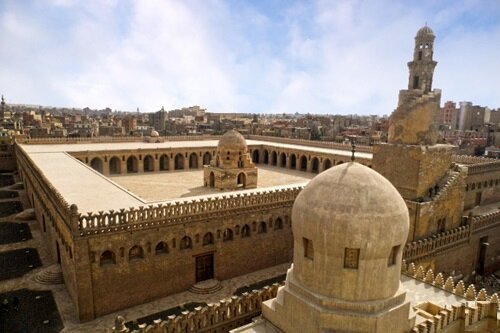
#islam#muslim#history#islamic history#history blog#mamluk#mamluks#abbasids#abbasid caliphate#ahmad ibn tulun#ahmad ibn tulun mosque#mosque#masjid
4 notes
·
View notes
Text
This is history's first great revolt of enslaved Black people put to work on cotton plantations:
The Zanj Revolt was the first large-scale rebellion of enslaved Black people against an imperial power, and in this case directed specifically at the Abbasid Empire. Together with the Fourth Fitna and the emergence of the Tulunids and other smaller emirates it was where the Caliphs turned from Emperors in fact to Japanese Emperor-style spiritual heads who had once had vast temporal power but now no longer did so. The further reality is that the conditions they were put to work in in the Land Between the Rivers were, well....cotton plantations.
In this sense this is the very first shadow of what will be a recurring pattern and theme here, as well as the realities that it is not anywhere near as simple to hold that power as it is to establish it, and that the Abbasids seeking this paid the same price people would in the sugar colonies of the Caribbean and for the same reasons. For a great many reasons, however, the Zanj Rebellion is the great forgotten war of Black history.
#lightdancer comments on history#against eurocentrism#black history month#abbasid caliphate#zanj rebellion
3 notes
·
View notes
Text

9th Century Baghdad, the capital of the Abbasid Caliphate
Assassin's Creed Mirage Concept Art by Edouard Noisette
#baghdad#assassin's creed#assassin's creed mirage#assassins creed#assassins creed mirage#9th century#early medieval#concept art#abbasid caliphate#abbasid#800s#reconstruction#islamic history#medieval#history#archaeology
3 notes
·
View notes
Text
Has the YouTube history circle taken a tiny interest in the Abbasids/Islamic history recently? It’s a pleasant surprise.
Khurasan, its administration, and thus, its relation with the rest of Central Asia, is really its own thing to study. I have very small nitpicks about this video, but most of it felt pretty safe/okay. I don’t generally research or look into military history nearly at all, outside of anecdotes about battles within the sources, but I was planning on looking at this relationship (Abbasid & Tang) a little more in depth over the summer. One might enjoy this video:
youtube
3 notes
·
View notes
Photo
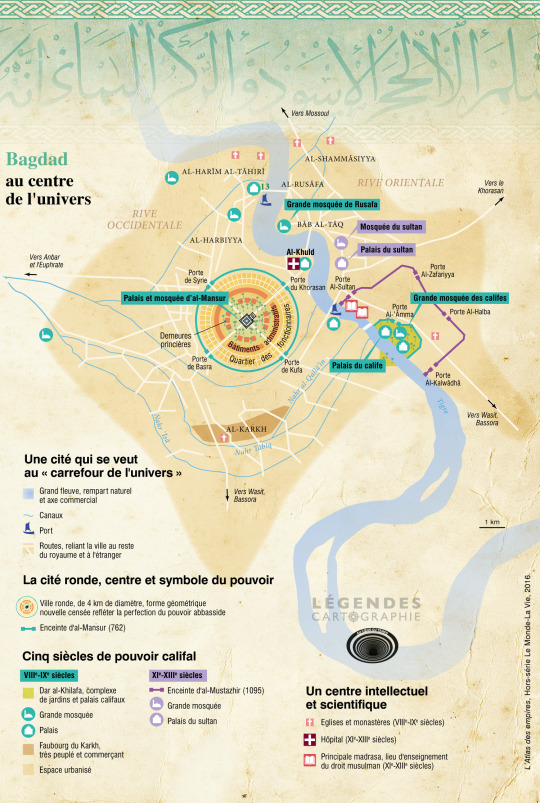
Baghdad, the capital of the Abbasids, 8th century.
by @LegendesCarto
104 notes
·
View notes
Text
"What's your Roman empire?" You mean my ANDALUS ?
#girlhood#girlblog aesthetic#girl blogger#girlblogging#andalucia#andalusia#andalucía#al andalus#abbasid caliphate#آل تمبلر#arabic#اندلسيات
2 notes
·
View notes
Text
Orange
I think mandarins may actually be my fave fruit. #orange
Orange is a unique color, both in its vibrancy and the depth of its history. The color and its associated fruit have a rich and fascinating past, spanning thousands of years and cultures across the globe. From the word’s roots in ancient Sanskrit to the introduction of the fruit to Europe in the Middle Ages, the story of orange is one of cultural exchange, exploration, and innovation. The word…

View On WordPress
#abbasid caliphate#agent orange#charlemagne#diocletian#genghis khan#iphone#marmalade#mediterranean#naranga#naranja#orange#orangement#persimmons#sanskrit#shahnameh#umayyad caliphate
2 notes
·
View notes
Text
This is in The Land of Darkness by Ahmad Ibn Fadlan and several other Arab authors, such as Abu Hamid Al-Andalusi Al-Gharnati who wrote this section in the 12th century.
White ppl jumpscare is in reference to the Yura people who dwell North of the Bulghars, "They are reddish in colouring with light-blue eyes and hair like linen, almost white." Mind you according to Al-Gharnati the Yura are also prohibited from visiting the Bulghars in the summer for they bring freezing weather and kill crops wherever they go.
Also consider:
1) there are and have always been Arabs and members of numerous other cultural groups across Western and Central Asia who had light coloured hair and/or pale complections. No, this has no bearing on 'whiteness' as an arbitrary modern racial category that intentionally mischaracterizes human biology.
2) the ambassadors, traders, pilgrims etc. who wrote these accounts were likely to encounter other travellers from afar where these traits are more common.
3) the Saqaliba. In the Land of Darkness there are numerous accounts of Saqaliba, primarily slavic peoples who were frequently enslaved by the Rus and sold across Eurasia. Other accounts describe some among them as having pale complections and blue eyes.
4) Ibn Fadlan gives brief descriptions on the physical appearances of most of the diverse groups he visits without special attention to the few Yura he saw in Bulghar.
Reading a book about slavery in the middle-ages, and as the author sorts through different source materials from different eras, I am starting to understand why so many completely fantastical accounts of "faraway lands" went without as much as a shrug. The world is such a weird place that you can either refuse to believe any of it or just go "yeah that might as well happen" and carry on with your day.
There was this 10th century arab traveller who wrote into an account that the fine trade furs come from a land where the night only lasts one hour in the summer and the sun doesn't rise at all in the winter, people use dogs to travel, and where children have white hair. I don't think I'd believe something like that either if I didn't live here.
#history#abbasid caliphate#bulghar#ahmad ibn fadlan#siberia#travelogue#text#islamic history#abu hamid al-andalusi al-gharanti
96K notes
·
View notes
Text

Day 16: Thumal the Qahraman!
Thumal was a Qahramana, or stewardess, in the Abbasid harem; she seems to have become the right-hand woman of Shaghab, Umm Jafar Muqtadir, mother of and regent for the young eighteenth Caliph. While the the Qahramana, like most of the women in the harem, were enslaved, they had more freedom than most of their compatriots; they were the only women, free or enslaved, allowed to leave the harem quarters and do business in Baghdad and the court.
In 918, Shaghab took an unprecedented step: she appointed Thumal as a Mazalim court judge. The Mazalim was the civil court system; it dealt with cases brought by citizens rather than criminal or religious laws. Thumal heard and ruled on petitions brought to court, as well as supervising other court officials… many of whom were none too pleased to be reporting to a woman.
Despite this, Thumal won popular support. She reorganized the petition system, making it easier for ordinary citizens to have their cases heard. The legendary historian and Islamic legal scholar Al-Tabari, an elderly but still-opinionated man at the time of her appointment, praised her efforts, and she served in the position until her death in 929.
#thumal the qahraman#iraqi history#abbasid caliphate#awesome ladies of history#history#october 2023#my art#slavery tw
8 notes
·
View notes